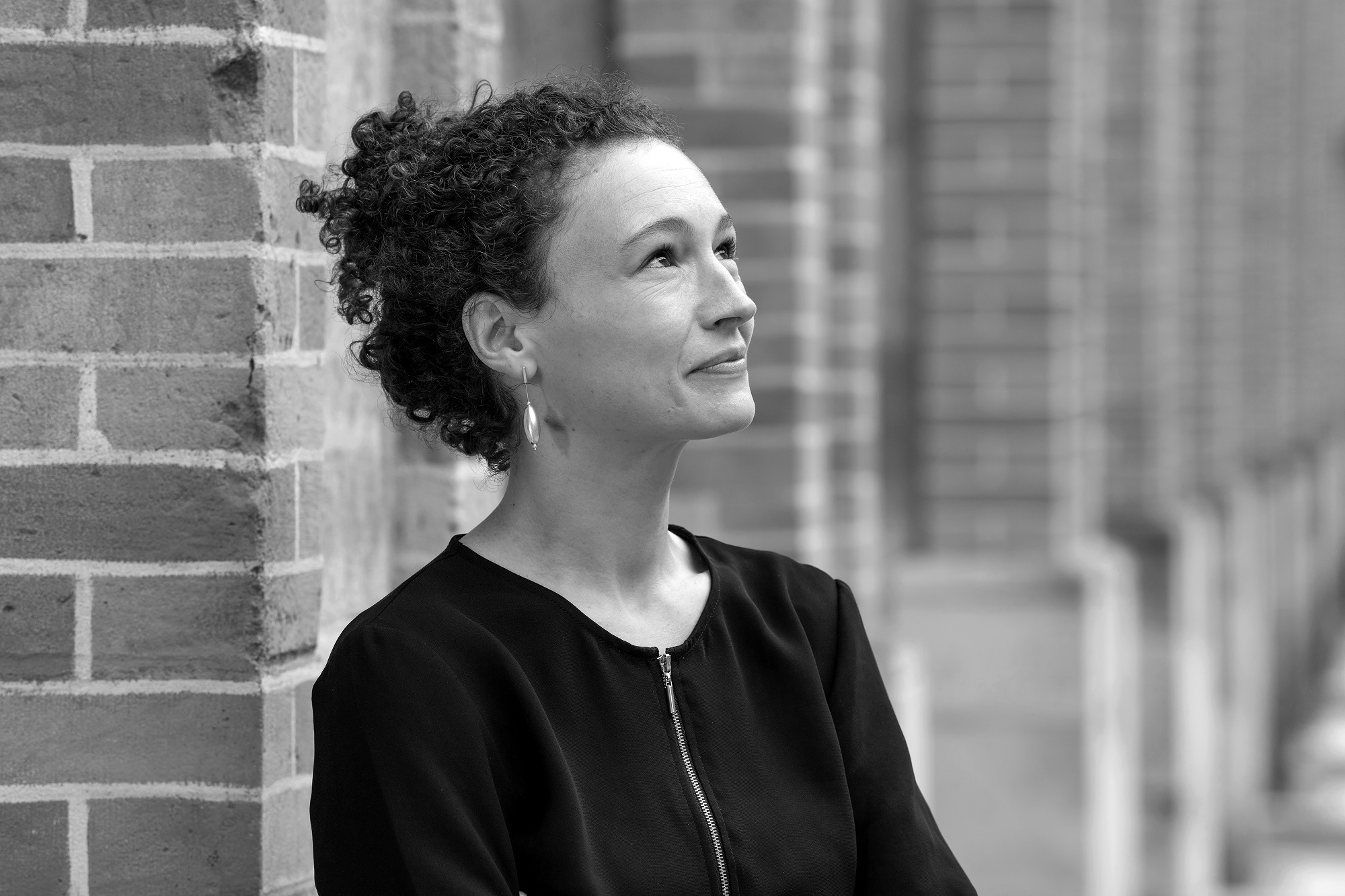Expert’s Corner: the importance of strategic planning in the creation of a museum
Aude Viart is Strategy and Planning Manager at France Muséums and former director of a cultural institution. She explains how vital strategic planning is for a museum and how France Muséums can help its partners to formulate their goals.
What is strategic planning?
The idea behind strategic planning is to think about the current state of an institution and to ask where it wants to go from here. The aim is to precisely define the goals of the institution so that it can communicate them clearly, both internally and externally. It’s a multi-year plan that identifies medium- and long-term priorities and also focuses on the resources that need to be put in place in order to achieve the goals that have been set.
In my view it’s essential to engage in this process so that you can draw up a meaningful action plan, to make sure the decisions made are operationally feasible and to maximise one’s chances of making the operation of the museum as coherent as possible. It also gives you an idea of the human and technical resources you need to achieve your aims. It’s a valuable opportunity to step back and think about the future—and it’s far from easy to do!
When and how does this process take place in the construction of a museum project?
Right at the beginning! It’s vital to lay the foundations for your project effectively, and strategic planning has to form part of the earliest conversations about a future museum or the transformation of an existing institution.
The value of such a process is that you make sure that all the internal and external project stakeholders have a precise idea of its vision and share the goals that have been determined. This avoids the emergence of conflicting points of view during the design process, facilitates decision-making and improves efficiency. It’s also an important way of outlining perspectives for funding bodies and investors and of motivating in-house teams.
Who is involved in setting up a strategic plan?
In a way, everyone is. The broader the involvement, the easier it is to achieve your goals. Bringing together creatives, architects, designers, project leaders, consultants, senior management and technical teams from the start of the project makes it possible to ask the right questions, to define expectations, to clearly formulate aims and to provide the organisation with a shared vision. Bringing all stakeholders together to define your goals gives your action plan a greater sense of legitimacy and helps you to assess the resources you’ll need to put it in place.
Why apply these methods to a museum?
Museums have to adapt to a rapidly changing world. Existing and future museums must be able to think about how well they respond to the challenges of today’s world and the realities of today’s audiences.
For an existing museum embarking on a transformation, it’s a way of thinking about what lies ahead while taking account of what’s been done until now. It requires stepping back from day-to-day activities in order to define medium- and long-term priorities.
Where a new museum is concerned, the conversation starts with a blank page and the aim is to outline everything that makes the new project meaningful. It’s an essential way of building a framework for the creation of a new museum from a range of different perspectives (architectural, functional, museological, organisational, structural, experiential, financial, etc.)
How can strategic planning help an institution to respond to today’s challenges?
Strategic planning is all too often neglected, but it’s vital to the success of an organisation whatever its sector of activity. The forward-looking approach that arises from strategic planning helps to define where an institution wishes to go from here. By taking the challenges of the contemporary world into account, it highlights more wide-ranging issues such as social and environmental responsibility, inclusiveness and visitor engagement. Strategic planning is necessary because visitor expectations are changing and communities are demanding that organisations should better engage with issues such as the environment, inclusiveness and representational equity. It helps to bring the institution into synch with the realities of the world at large.
How can France Muséums help museums with strategic planning?
Drawing up a strategic plan involves defining seven main elements that France Muséums can help you to identify: vision, mission, values, strengths, goals, priorities and action plan. Our multi-disciplinary team can help project leaders to think about all these elements, for example via visitor analytics, institutional performance assessments, data collection and interviews.
Throughout the process, we help you to establish action plans that museum board members and staff can easily understand in order to respond effectively to the constantly evolving issues museums have to face.


